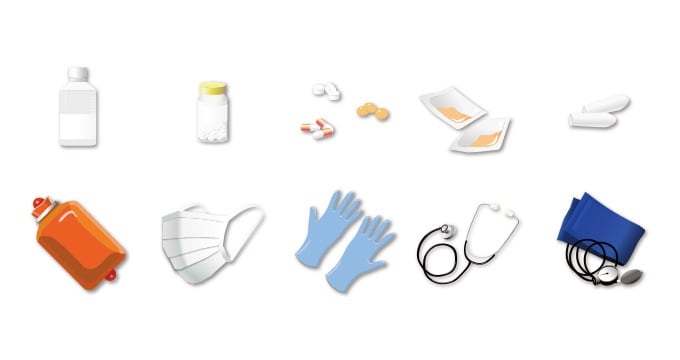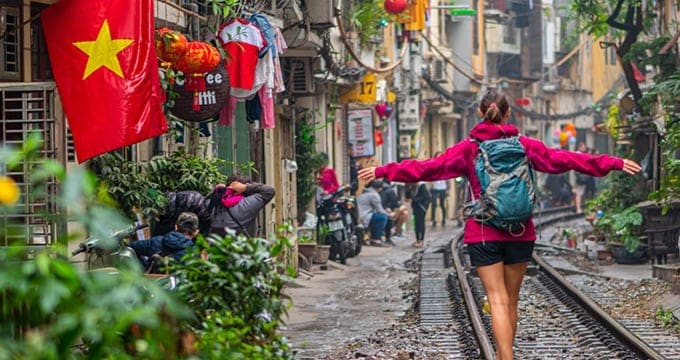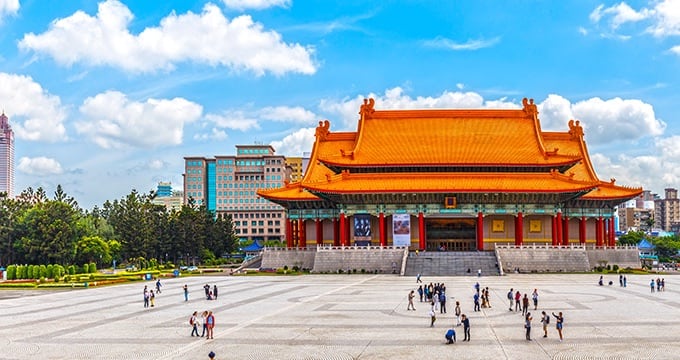China’s latest round of their centralized drug bulk procurement in January 2020 has led to a switch in investment focus to novel drugs for both international and domestic companies who want to remain profitable and have presence in China. In addition, the timeline for new drug approval and the introduction of the Marketing Authorization Holder system were reviewed due to the amendment of the Drug Administration Law. It is expected that these changes will further accelerate the drug development in China.
Origins of the 4+7 Procurement Policy
In November 2018, China’s State Medical Insurance Administration officially announced a pilot program called the National Drug Centralized Procurement Pilot Scheme, otherwise known as the “4+7 Policy”.
The Policy’s main aim was to bring about a centralized system to encourage strict quality assurance amongst generic drug manufacturers in China as well as to reduce non-patent drug prices by having companies compete in a lowest price bid. The original pilot scheme guaranteed a tender of 60-70% of sales to the winner of the bid to 11 major key cities (4 municipalities and 7 provincial cities) in China which encompasses 1/3 of the overall Chinese Market.
The price war for the 4+7 policy led to an average reduction in price of 52% amongst a list of 25 different drugs in the program, with some companies aggressively slashing their price offer by up to 96% of original price.
From “4+7” to Nationwide
With the success of pilot scheme, in September 2019, China expands this program to an additional 25 provinces and regions, ultimately making it a nationwide bulk buying program which covers as much as 70% of entire Chinese Market. Tender rules such as allowing up to 4 competitive bidders to win and share the supply, was set into place, to ensure that bulk procurement was sufficient to cover the entire country.
Furthermore, the Chinese government expanded the number of drugs eligible for bulk procurement including non-patent drugs for diabetes, hypertension and dementia. This action has led to further increased pressure to both multinational and domestic companies to lower their prices for non-patent drugs in order to remain competitive in the Chinese Market.
Full text & latest issue is found in the mail magazine “Global Newsletter”
The “Global Newsletter” provides the latest information pertaining to clinical trials in the Asian region, including timely updates from Local Health Authorities in the regions of coverage and medical advancements of interest.
To subscribe to the Asian Newsletter, please contact us via the following form.









